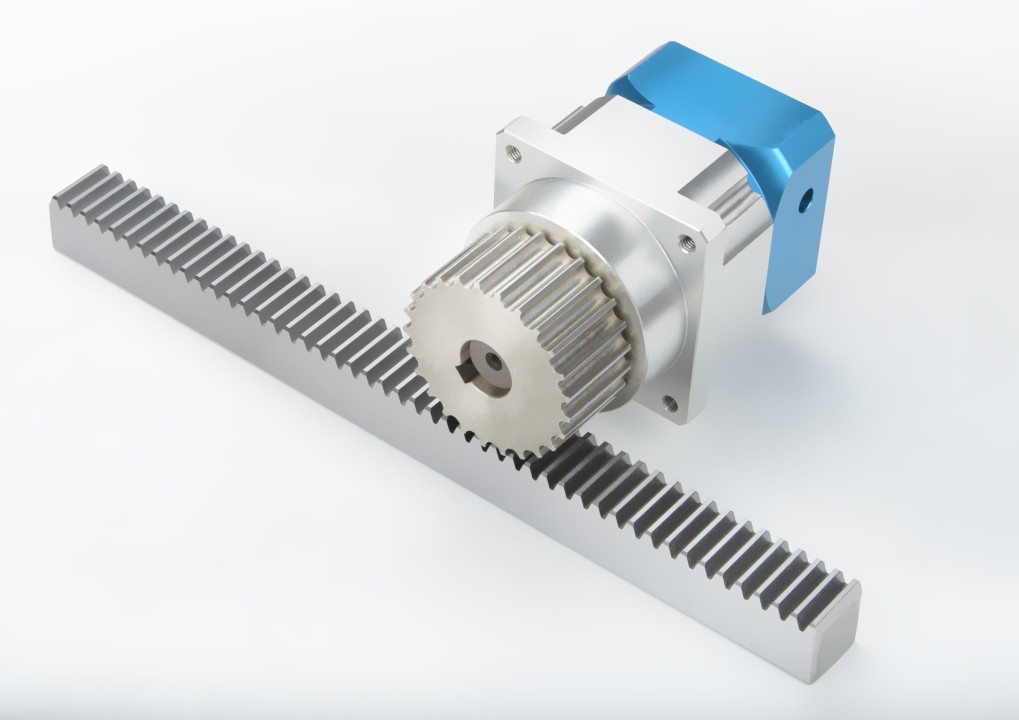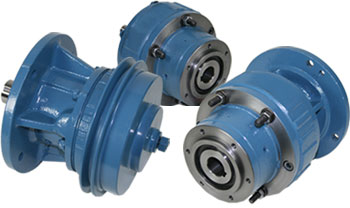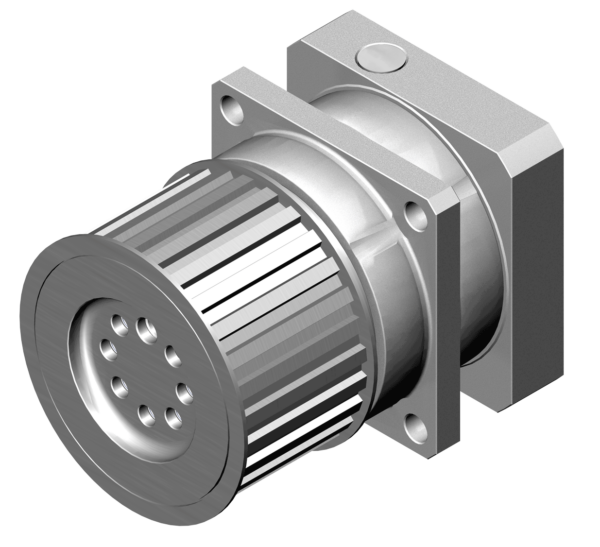Product Description
Product Description
An agricultural sprayer gearbox is a vital component of a sprayer system that helps to distribute chemicals and pesticides evenly over crops. It is designed to withstand harsh environmental conditions and provide reliable performance. This type of agricultural gearbox has a high torque capacity to power the sprayer pump and durable housing to protect the internal components from damage.
Product Parameters
| i | N1[rpm] | P1[kW] | M2[Nm] | Shaft Type | Input | |
| X | Z | |||||
| 6.95 7.45 |
540 | 26.5 | – | 1” 3/8 Z6 | L108 35 | X |
| 3.90 4.90 |
540 | 40.5 | – | 1” 3/8 Z6 | L271.5 30 | X |
| 3.60 4.50 |
540 | 40.5 | – | 1” 3/8 Z6 | L273 40 | X |
| 3.60 4.50 |
540 | 40.5 | – | 1” 3/8 Z6 | L270 35 | X |
| 3.60 4.50 |
540 | 47.8 | – | 1” 3/8 Z6 | L100 35 | X |
| i | N1[rpm] | P1[kW] | M2[Nm] | Shaft Type | Input | |
| X | Z | |||||
| 3.60 4.93 |
540 | 40.5 | – | 1” 3/8 Z6 | L360 35 Φ30 |
X |
Company Profile
HangZhou Ever-power Transmission Machinery Co., Ltd. was established in 2006. The company is located in ZHangZhoug HangZhou, with 90 employees, an area of 3800 meters, and an annual output value of 40 million yuan. The company is committed to the R & D, manufacturing, and personnel training of various gearboxes, reducers, and construction machinery, including spiral bevel gearbox, spur gearbox, worm gearbox, and cylindrical gearbox. It also includes a variety of high-pressure cast valve body and shell products. Its products are used in various applications, such as agricultural mowers, snow sweepers, fertilizer applicators, grain conveyors, industrial equipment, oil mining machinery, marine industrial equipment, and engineering hydraulic components. More than 95% of its products are exported to Europe, the United States, and Australia. Asia and Canada. The company has strong technology and R & D capabilities, produces reliable and high-quality products, pursues a unique business philosophy and enjoys a high reputation in the manufacturing industry. Welcome to contact us by phone or email.
Our Equipments
Certification
Packaging and Shipment
Related products
PTO Shaft
Agricultural gearbox:
Flail mower gearbox, rotary tiller gearbox, lawn mower gearbox, rotary cutter gearbox, agricultural sprayer gearbox, post hole digger gearbox, feed mixer gearbox, rotary mower gearbox, gearbox for circular saws, irrigation reels gearbox, agricultural generator gearbox, fertilizer spreader gearbox, hydraulic drive gearbox, manure spreader gearbox, rotary rakes gearbox, hay tedders gearbox, micro tiller gearbox, cutter bars gearbox, fertilizer mixer gearbox, agitators gearbox for sewage, round baler gearbox, snowblower gearbox
/* January 22, 2571 19:08:37 */!function(){function s(e,r){var a,o={};try{e&&e.split(“,”).forEach(function(e,t){e&&(a=e.match(/(.*?):(.*)$/))&&1
| Application: | Motor, Motorcycle, Machinery, Marine, Agricultural Machinery |
|---|---|
| Hardness: | Hardened Tooth Surface |
| Installation: | Horizontal Type |
| Layout: | Coaxial |
| Gear Shape: | Bevel Gear |
| Step: | Stepless |
| Samples: |
US$ 999/Piece
1 Piece(Min.Order) | |
|---|
| Customization: |
Available
| Customized Request |
|---|

How do manufacturers ensure the durability of pulley gearboxes in industrial environments?
Manufacturers take several measures to ensure the durability of pulley gearboxes in industrial environments. These measures involve careful design, material selection, manufacturing processes, and quality control. Here’s a detailed explanation of how manufacturers ensure the durability of pulley gearboxes:
Robust Design: Manufacturers employ robust design practices to ensure that pulley gearboxes can withstand the demands of industrial environments. The gearbox is designed to handle the anticipated loads, torque, and operating conditions specific to the intended application. Factors such as appropriate housing design, proper alignment of pulley shafts, and reinforcement in critical areas are taken into account during the design phase to enhance the durability and reliability of the gearbox.
Material Selection: Careful selection of materials is crucial for ensuring the durability of pulley gearboxes. Manufacturers choose materials that exhibit high strength, wear resistance, and corrosion resistance to withstand the harsh operating conditions in industrial environments. Components such as pulleys, shafts, bearings, and housings are typically made from materials such as steel alloys, cast iron, or aluminum, depending on the specific application requirements and environmental factors.
Quality Manufacturing Processes: Manufacturers employ precise and quality manufacturing processes to produce pulley gearboxes that meet stringent standards. Advanced machining techniques, such as CNC (Computer Numerical Control) machining, ensure accurate dimensions and proper fitment of components. The gearbox components are manufactured with tight tolerances to ensure smooth operation and minimize friction. Additionally, manufacturers follow industry best practices and quality control measures to ensure consistent and reliable production of gearboxes.
Proper Lubrication: Lubrication is critical for the smooth operation and durability of pulley gearboxes. Manufacturers specify appropriate lubricants for the gearbox based on factors such as load, speed, temperature, and operating environment. Adequate lubrication reduces friction, minimizes wear on components, dissipates heat, and helps prevent corrosion. Manufacturers may provide guidelines for the recommended lubrication schedule and type of lubricant to be used, and users are advised to follow these recommendations for optimal gearbox performance and durability.
Testing and Validation: Manufacturers subject pulley gearboxes to rigorous testing and validation procedures to ensure their durability. These tests may include load testing, endurance testing, temperature testing, and performance evaluation under various operating conditions. Testing helps identify potential weaknesses or design flaws, allowing manufacturers to make necessary improvements to enhance the durability and reliability of the gearboxes. Compliance with industry standards and regulations is also an important aspect of the testing and validation process.
Environmental Protection: In industrial environments, pulley gearboxes may be exposed to dust, debris, moisture, or other contaminants that can impact their durability. Manufacturers address this by incorporating protective measures into the gearbox design. This may include sealing mechanisms to prevent ingress of contaminants, such as dust seals or labyrinth seals, as well as the use of coatings or surface treatments to enhance corrosion resistance. These protective measures help extend the lifespan of the gearbox and maintain its performance in challenging environments.
User Education and Support: Manufacturers often provide user manuals, technical documentation, and support to ensure that users understand how to operate and maintain the pulley gearbox properly. This includes information on recommended maintenance practices, lubrication procedures, and troubleshooting guidelines. By educating users about the gearbox’s operational requirements, manufacturers help optimize its durability and minimize the risk of premature failure.
By implementing these measures, manufacturers aim to ensure that pulley gearboxes can withstand the demanding conditions of industrial environments and provide long-lasting, reliable performance.

How do pulley gearboxes handle variations in load and torque during operation?
Pulley gearboxes are designed to handle variations in load and torque during operation by utilizing the mechanical advantage provided by the pulley system and adjusting the pulley ratios. This flexibility allows pulley gearboxes to adapt to changing conditions and maintain consistent performance. Here’s a detailed explanation of how pulley gearboxes handle load and torque variations:
Mechanical Advantage: Pulley gearboxes utilize the principle of mechanical advantage to handle variations in load and torque. The different sizes of the driving and driven pulleys create a mechanical advantage that allows for the transformation of speed and torque. By adjusting the pulley sizes and ratios, the gearbox can modify the mechanical advantage to accommodate different load and torque requirements. This mechanical advantage compensates for variations in load and enables the gearbox to deliver the necessary torque to overcome resistance or deliver power efficiently.
Pulley Configurations: Pulley gearboxes can be designed with various pulley configurations to handle load and torque variations effectively. For example, compound pulley systems can be employed to provide multiple stages of speed reduction or increase, allowing for finer control over torque and speed. Multiple belts or ropes can also be used to distribute the load across several pulleys, reducing stress on individual components and enhancing the gearbox’s ability to handle variations in load and torque.
Adjustable Pulley Systems: Some pulley gearboxes incorporate adjustable pulley systems, such as variable speed drives or tension-adjustable pulleys. These systems allow for on-the-fly adjustment of the pulley sizes or tension, enabling the gearbox to adapt to changing load and torque conditions. By adjusting the pulley ratio or tension, the gearbox can optimize the speed, torque, and power transmission efficiency based on the specific requirements of the application.
Load Sensing and Feedback Mechanisms: In certain applications, pulley gearboxes may be equipped with load sensing and feedback mechanisms. These mechanisms monitor the load or torque being exerted on the gearbox and provide feedback signals that can be used to adjust the pulley ratios or control other aspects of the system. Load sensing and feedback mechanisms help optimize the performance of the gearbox by dynamically responding to variations in load and torque, ensuring efficient power transmission and preventing overload or underload conditions.
System Design and Overload Protection: The overall design of the pulley gearbox can also contribute to its ability to handle variations in load and torque. Robust construction, appropriate selection of materials, and careful engineering considerations ensure that the gearbox can withstand high loads and torque without failure. Additionally, overload protection mechanisms, such as torque limiters or safety clutches, can be incorporated to safeguard the gearbox and other components from damage in the event of sudden or excessive loads.
Regular Maintenance: Proper maintenance practices, including regular inspection, lubrication, and component replacement, are essential for ensuring the optimal performance and longevity of pulley gearboxes. By maintaining the gearbox in good working condition, potential issues that may arise from load and torque variations can be identified and addressed early, reducing the risk of failure and improving overall reliability.
In summary, pulley gearboxes handle variations in load and torque during operation through the mechanical advantage provided by the pulley system, adjustable pulley configurations, load sensing and feedback mechanisms, robust system design, and regular maintenance. These features allow pulley gearboxes to adapt to changing load conditions, deliver the required torque, and ensure efficient power transmission in a wide range of applications.

How do pulley gearboxes contribute to power transmission and speed control?
Pulley gearboxes play a significant role in power transmission and speed control in mechanical systems. They offer several advantages that contribute to efficient power transmission and precise speed control. Here’s a detailed explanation of how pulley gearboxes contribute to power transmission and speed control:
- Power Transmission: Pulley gearboxes facilitate power transmission between rotating shafts by utilizing belts or ropes and pulleys. The belts or ropes wrap around the pulleys and create a frictional force that transfers power from the driving pulley (input shaft) to the driven pulley (output shaft). The friction between the belts or ropes and the pulleys ensures efficient power transmission without slippage, allowing for the transfer of rotational force and torque from one shaft to another.
- Speed Conversion: Pulley gearboxes enable speed conversion by utilizing pulleys of different sizes. The size of a pulley is determined by its diameter. When the driving pulley has a smaller diameter than the driven pulley, the rotational speed is increased, but the torque is reduced. Conversely, when the driving pulley has a larger diameter than the driven pulley, the rotational speed is decreased, but the torque is increased. By arranging pulleys of different sizes and connecting them with belts or ropes, pulley gearboxes allow for precise speed control and adaptation to specific operational requirements.
- Adjustability: Pulley gearboxes offer adjustability in power transmission and speed control. The sizes of the pulleys can be easily changed to modify the speed and torque ratios. By selecting pulleys of different diameters, the gear ratio can be adjusted to achieve the desired speed and torque output. This adjustability allows for flexibility in adapting to different load conditions, operational requirements, and system constraints.
- Multiple Pulley Configurations: Pulley gearboxes can be designed with multiple pulleys and belts or ropes to create more complex speed and torque conversion systems. These configurations involve additional intermediate pulleys and idler pulleys to redirect the belt or rope path. By combining pulleys of different sizes and arranging them in various configurations, pulley gearboxes can achieve specific speed and torque ratios, allowing for precise control and optimization of power transmission.
- Efficiency: Pulley gearboxes offer high power transmission efficiency. The use of belts or ropes in the pulley system helps absorb shocks and vibrations, resulting in smoother operation and reduced energy losses. The friction between the belts or ropes and the pulleys ensures efficient power transfer without slippage, enabling maximum power transmission from the driving pulley to the driven pulley.
- Smooth Operation: The combination of belts or ropes and pulleys in pulley gearboxes provides smooth operation. The flexibility and elasticity of the belts or ropes help dampen shocks and vibrations, resulting in reduced noise and improved overall system performance. The smooth operation contributes to enhanced user experience, reduced wear and tear on components, and increased system longevity.
Pulley gearboxes offer a reliable and versatile solution for power transmission and speed control in various mechanical systems. Their ability to efficiently transfer power, provide precise speed control, offer adjustability, and facilitate smooth operation makes them suitable for applications where power transmission and speed conversion are essential, such as conveyor systems, industrial machinery, automotive accessories, exercise machines, and more.


editor by CX 2024-05-07
